Inflation controlled, but what's next?
Real question is should GDP growth be primary objective or is inflation management enough
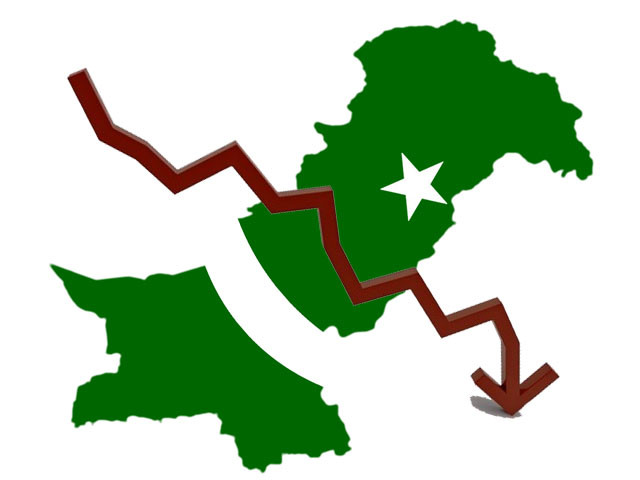
In recent years, Pakistan has made significant progress in managing inflation, reducing it from nearly 38% in May 2023 to 4.1% in December 2024. However, most economic indicators remain unimpressive.
The question is: can an economy survive solely by curbing inflation? Should GDP growth be the primary objective, or is inflation management enough?
Developing countries like Pakistan prioritise GDP growth due to several factors, including high unemployment, low tax revenue, and a high debt-to-GDP ratio. After successfully bringing inflation under control, Pakistan must shift its focus to economic growth sooner rather than later. A country with a population exceeding 240 million cannot sustain itself without a high growth rate, yet the International Monetary Fund (IMF) projects Pakistan's growth to reach only 3% in 2025.
Pakistan's biggest challenge is its high unemployment rate, which has led to massive brain drain. The country produces over 400,000 graduates annually, yet the economy fails to generate enough suitable jobs for them. If this trend continues, Pakistan will keep losing its skilled and educated workforce, further weakening its long-term economic prospects.
Pakistan's low tax-to-GDP ratio is another pressing issue. To compensate for revenue shortfalls, the government imposes high tax rates, which negatively impact existing businesses. This challenge can be addressed by expanding the tax base and fostering economic growth. A broader tax base would naturally increase tax revenue while reducing the burden on current taxpayers.
Electricity costs remain high due to capacity charges, as Pakistan's power consumption is significantly lower than its production capacity. The global shift towards solar energy has exacerbated this issue. Additionally, Pakistan's heavy reliance on furnace oil and gas for power generation increases production costs, making energy expensive for businesses and households alike.
High interest rates have also hindered business expansion. However, with inflation declining, discount rates have dropped from a peak of 22% to 12%, with further reductions expected. A single-digit interest rate would help businesses expand and encourage new investments.
Meanwhile, the Pakistani rupee's real effective exchange rate (REER) stood at 103.70 as of December 2024. A strong currency makes imports cheaper but reduces the competitiveness of exports.
While maintaining a stable rupee has helped curb inflation, continued artificial stability may not be sustainable. Given the historically low inflation rate of 4.1%, this may be an opportune time for a controlled currency devaluation to support exports and economic growth.
Falling interest rates will increase purchasing power, but potential currency devaluation could offset some of this gain. Currently, Pakistan seems to have an ideal balance between these economic factors.
However, the country's structural economic challenges remain. When growth accelerates, imports rise sharply, leading to current account deficits, currency depreciation, and inflation spikes, which in turn push interest rates higher.
Given these challenges, focusing on economic growth is inevitable. Expanding the tax base is crucial for increasing government revenue. While incentives for foreign investors are being offered through the Special Investment Facilitation Council (SIFC), local investors also need support.
Lowering electricity and gas prices, reducing tax rates, and implementing business-friendly policies will enhance feasibility, generate employment, and boost tax revenues. Importantly, growth should be driven by domestic production rather than increased reliance on imported goods. Agriculture can play a significant role in economic expansion. Pakistan's agreement with the IMF to deregulate commodity markets will allow the allocation of scarce resources to more profitable and desirable crops at the right time, improving overall agricultural efficiency.
The government is expected to take steps to encourage economic growth, but any recovery will take time to benefit the general public. With interest rates declining, fiscal spending can play a more active role, as lower borrowing costs create room for government-led development initiatives.
At the same time, the government must remain mindful of currency in circulation (CIC) and foreign exchange reserves. The recent increase in reserves provides space for easing import restrictions, which would particularly benefit industries reliant on imported raw materials. However, any major decisions must align with IMF requirements, as Pakistan remains under an IMF programme and cannot afford disruptions in its economic roadmap. While inflation control is a crucial milestone, Pakistan's true test lies ahead: ensuring sustainable, inclusive growth that creates jobs, expands the tax base, and fosters a competitive business environment. The time for action is now.
The writer is a seasoned banker





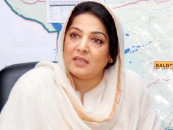

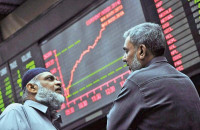



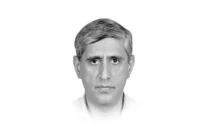


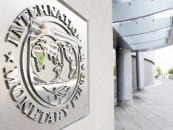




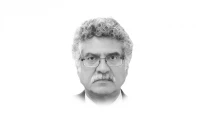

COMMENTS (1)
Comments are moderated and generally will be posted if they are on-topic and not abusive.
For more information, please see our Comments FAQ